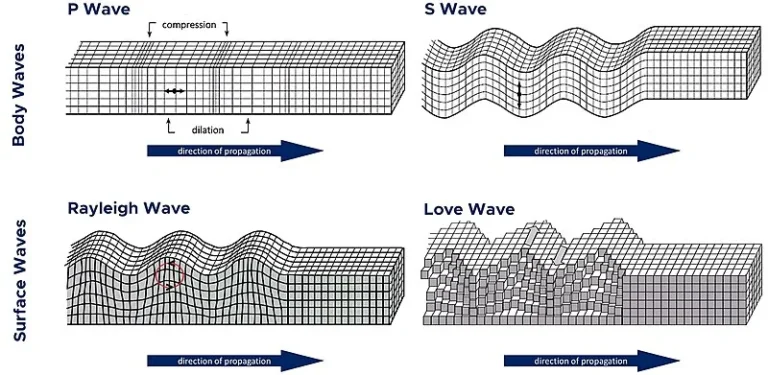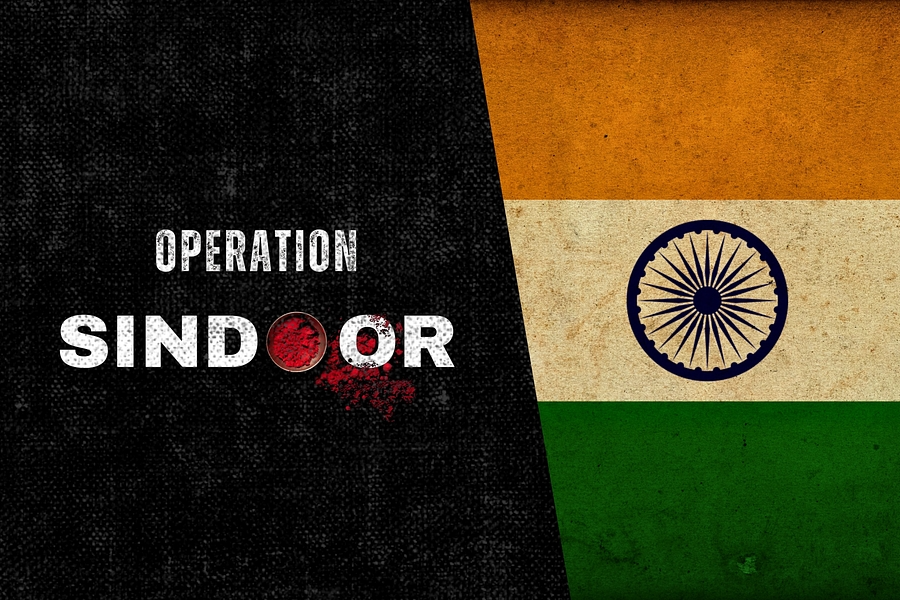July 21st Current Affairs
NCERT History Textbooks
NCERT History Textbooks NCERT History for Class-VI (Social Science – Our Pasts-I) NCERT History for Class-VII (Social Science – Social and Political Life-II) NCERT History for Class-VIII (Social Science – Our Pasts-III) Part-2 NCERT History for Class-IX (Social Science – India and the Contemporary World-I) NCERT History for Class-X (Social
Kannada Literature Optional Syllabus
Home / ಐಚ್ಚಿಕ ಕನ್ನಡ ಸಾಹಿತ್ಯದ ಪಠ್ಯಕ್ರಮ ಐಚ್ಚಿಕ ಕನ್ನಡ ಸಾಹಿತ್ಯ ಪತ್ರಿಕೆ – 1 ವಿಭಾಗ – ಎ ಅ) ಕನ್ನಡ ಭಾಷೆಯ ಚರಿತ್ರೆ ಭಾಷೆ ಎಂದರೇನು? ಭಾಷೆಯ ವರ್ಗೀಕರಣ ಭಾಷೆಯ ಸಾಮಾನ್ಯ ಲಕ್ಷಣಗಳು ದ್ರಾವಿಡ ಭಾಷಾ ಕುಟುಂಬ ಮತ್ತು ಅದರ ಸಾಮಾನ್ಯ ಲಕ್ಷಣಗಳು ಕನ್ನಡ ಭಾಷೆಯ ಪ್ರಾಚೀನತೆ ಕನ್ನಡ ಭಾಷೆಯ ಬೆಳವಣಿಗೆಯ ವಿವಿಧ ಹಂತಗಳು ಕನ್ನಡ ಭಾಷೆಯ ಉಪಭಾಷೆಗಳು ಕನ್ನಡದ ಪ್ರಾದೇಶಿಕ ಮತ್ತು ಸಾಮಾಜಿಕ ಭಾಷೆ ಕನ್ನಡದ
UPSC Current Affairs – October 6th
October 06th Current Affairs Home / Table of Contents 36-hour curfew imposed in parts of Odisha’s Cuttack over communal tensions Relevance to UPSC GS Paper II Polity Governance and Social Justice: Centre–State Relations / State Government Responsibilities (law & order is a core state subject) Rights & Liberties (internet /
Religious Minorities in India and the Challenge of Communal Harmony: A Sociological Reflection on the Cuttack Violence
Home / Religious Minorities in India and the Challenge of Communal Harmony: A Sociological Reflection on the Cuttack Violence Sociology Paper 2: Religion and Society – Problems of religious minorities Odisha’s Cuttack, often described as a thousand-year-old cradle of syncretic culture, recently witnessed communal tensions following clashes during Durga Puja
UPSC Current Affairs – October 4th
October 04th Current Affairs Home / Table of Contents Isabgol Processors threaten to halt purchases from October 6th over GST Issues Relevance to UPSC Paper II: Governance / Policy Implementation Regulatory and Policy Clarity. Reflects issues of bureaucratic ambiguity and the need for transparent, consultative governance between industry and government
Sologamy and Contemporary Trends in Marriage: A Sociological Perspective
Home / Sologamy and Contemporary Trends in Marriage: A Sociological Perspective Sociology Paper 1: Systems of Kinship – Contemporary trends Marriage has traditionally been a cornerstone of human society, forming the basis of family, social organization, and cultural continuity. However, the institution of marriage has witnessed significant transformation in contemporary
Alaska Earthquakes

Why in News?
- On July 21, 2025, Alaska Peninsula was struck by a magnitude 6.2 earthquake at a shallow depth of 48 km—hours after a larger M 7.3 quake on July 17, which occurred at 36 km depth and triggered a tsunami warning
- Both quakes were followed by alerts due to heightened aftershock and tsunami risks.
Context
- Alaska sits on the Aleutian subduction zone, where the Pacific Plate dives under the North American Plate—making it among the earth’s most seismically active regions.
- Shallow quakes (<70 km) are more destructive due to stronger ground shaking
Past Instances
- Historical mega-earthquakes:
- 1964 magnitude 9.2 quake caused a colossal tsunami across the Pacific, killing ~130 in Alaska and Hawaii
- 1958 Lituya Bay quake (7.8–8.3 M) triggered a “megatsunami” wave over 500 m high
Global Response
- Tsunami warnings were issued post-7.3 quake; evacuations were precautionary and later downgraded after low wave activity.
- U.S. alerts leverage sirens, media, and door-to-door outreach—as practiced during the 1964 disaster—highlighting effective systems despite warning fatigue.
Implications
- Frequent shallow quakes stress the need for robust seismic monitoring, reliable tsunami procedures, and sustained public awareness.
- Warning fatigue is a concern: communities with regular false alarms may become complacent.
Earthquake Vulnerability in India
- Regions like Himalayan foothills and Andaman-Nicobar subduction zone remain highly vulnerable, notably during events like the 2004 tsunami.
NDMA Guidelines
- NDMA emphasizes:
- Seismic zoning and mapping of vulnerable coastal districts.
- Comprehensive early warning systems ( tide gauges, buoys, INCOIS network).
- Awareness outreach using SMS, sirens, radio, and door-to-door alerts.
- Infrastructure resilience via tsunami-resilient constructions, elevated safe zones.
Coordinated crisis management across national, state, and local bodies.
Best Practices
- Tsunami Vulnerability Zones: Countries like Japan, Chile, and the U.S. West Coast conduct regular drills, enforce tsunami evacuation routes, and maintain community shelters.
- Real-time seismic monitoring (like INCOIS) integrates global data networks and automated alerts to ensure readiness.
- Community drills, education, and resilient urban planning are essential for preparedness and resilience.
Way Forward
Focus Area | Action Items |
Monitoring & Alerts | Enhance seismic and ocean sensors; ensure real-time data sharing |
Public Awareness | Regular community drills; address warning fatigue via meaningful alerts |
Infrastructure Resilience | Implement coastal zoning, build elevated shelters, train first responders |
Policy & Coordination | Strengthen coordination across agencies; invest in R&D for prediction methods |
Global Collaboration | Share best practices; align with UNESCO-IOC Pacific Tsunami Warning System |
Conclusion
Alaska’s recent quakes serve as a stark reminder that shallow-focus seismic activity in subduction zones demands enduring vigilance—from monitoring and emergency response to community engagement and infrastructure resilience. India, informed by frameworks like the NDMA guidelines, must continue investing in early warning systems, coastal planning, and public preparedness, learning from global best practices to safeguard its own vulnerable zones.
Prelims MCQ
Q. With reference to earthquakes, consider the following statements:
- Primary (P) waves are the fastest seismic waves and can travel through both solids and liquids.
- Richter scale and Moment Magnitude Scale (Mw) are both used to measure the energy released by an earthquake.
- Seismographs record ground motion and help determine the epicenter and depth of an earthquake.
Which of the statements given above is/are correct?
A. 1 and 2 only
B. 2 and 3 only
C. 1 and 3 only
D. 1, 2 and 3
Answer: D. 1, 2 and 3
Explanation:
- Statement 1 – Correct. P-waves are longitudinal waves and are the fastest. They travel through solids, liquids, and gases, unlike S-waves which cannot travel through liquids.
- Statement 2 – Correct. The Richter Scale is an older method, while the Moment Magnitude Scale (Mw) is currently preferred. Both measure magnitude, i.e., the energy released.
- Statement 3 – Correct. Seismographs (or seismometers) detect and record seismic waves, helping determine location (epicenter), depth, and magnitude.
Mains Question
Q. In the context of the recent earthquakes in Alaska, examine the geological reasons for such seismic activity and suggest measures for tsunami preparedness in coastal regions. (10 marks, 150 words)




